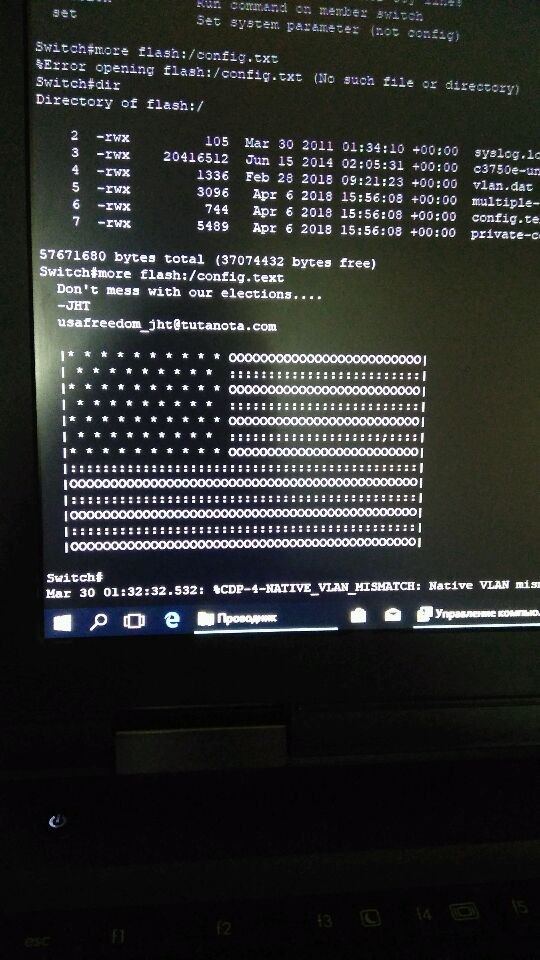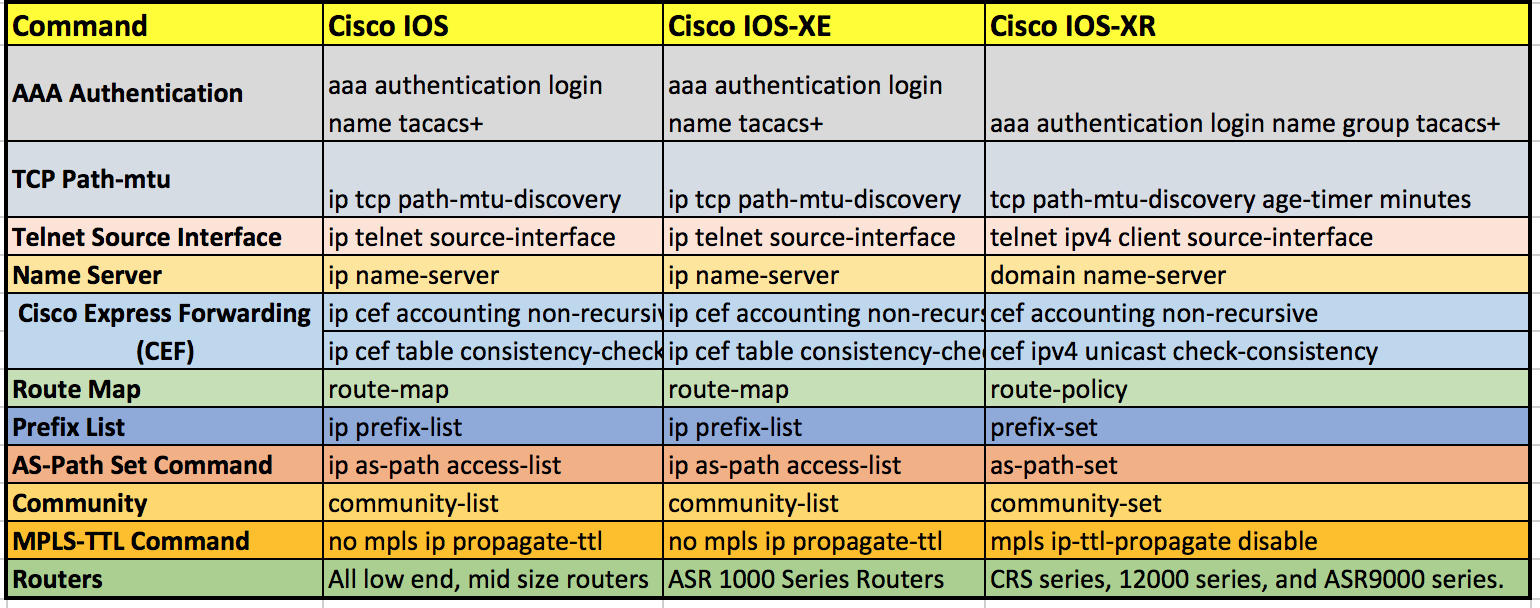You might consider taking a look at Cisco Learning Labs, which are guided virtual practice labs powered by real Cisco IOS. Cisco Learning Labs are available for the three CCNP R&S exams (ROUTE, SWITCH, TSHOOT). For more information, please visit Cisco Learning Labs page. Cisco Learning Network Moderator.
Note
Use the Cisco Software Checker to search for Cisco Security Advisories that apply to specific Cisco IOS, IOS XE, NX-OS and NX-OS in ACI Mode software releases. To use the tool, select a product and choose one or more releases from the drop-down list, enter the output of the show version command, or upload a text file that lists specific. Download Cisco IOS for GNS3. All versions are tested and are working with the latest version of GNS3. Cisco Webex Meetings delivers over 25 billion meetings per month, offering industry-leading video and audio conferencing with sharing, chat, and more. Experience why Webex Meetings is the most trusted video conferencing solution today. Join and present from any meeting, event, or training session directly from your iPhone, iPad, or Apple Watch.
This plugin is part of the cisco.ios collection (version 2.3.0).
To install it use: ansible-galaxycollectioninstallcisco.ios.

To use it in a playbook, specify: cisco.ios.ios_facts.
Collects a base set of device facts from a remote device that is running IOS. This module prepends all of the base network fact keys with
ansible_net_<fact>. The facts module will always collect a base set of facts from the device and can enable or disable collection of additional facts.
Note
Ahnlab windows 10. This module has a corresponding action plugin.
| Parameter | Choices/Defaults | Comments | |
|---|---|---|---|
| available_network_resources boolean |
| When 'True' a list of network resources for which resource modules are available will be provided. | |
| gather_network_resources list / elements=string | When supplied, this argument will restrict the facts collected to a given subset. Possible values for this argument include all and the resources like interfaces, vlans etc. Can specify a list of values to include a larger subset. Values can also be used with an initial ! to specify that a specific subset should not be collected. Valid subsets are 'all', 'interfaces', 'l2_interfaces', 'vlans', 'lag_interfaces', 'lacp', 'lacp_interfaces', 'lldp_global', 'lldp_interfaces', 'l3_interfaces', 'acl_interfaces', 'static_routes', 'acls'. | ||
| gather_subset list / elements=string | Default: | When supplied, this argument restricts the facts collected to a given subset. Possible values for this argument include all, min, hardware, config, and interfaces.Specify a list of values to include a larger subset. Use a value with an initial ! to collect all facts except that subset. | |
| provider dictionary | Starting with Ansible 2.5 we recommend using connection: network_cli.For more information please see the IOS Platform Options guide. A dict object containing connection details. | ||
| auth_pass string | Specifies the password to use if required to enter privileged mode on the remote device. If authorize is false, then this argument does nothing. If the value is not specified in the task, the value of environment variable ANSIBLE_NET_AUTH_PASS will be used instead. | ||
| authorize boolean |
| Instructs the module to enter privileged mode on the remote device before sending any commands. If not specified, the device will attempt to execute all commands in non-privileged mode. If the value is not specified in the task, the value of environment variable ANSIBLE_NET_AUTHORIZE will be used instead. | |
| host string | Specifies the DNS host name or address for connecting to the remote device over the specified transport. The value of host is used as the destination address for the transport. | ||
| password string | Specifies the password to use to authenticate the connection to the remote device. This value is used to authenticate the SSH session. If the value is not specified in the task, the value of environment variable ANSIBLE_NET_PASSWORD will be used instead. | ||
| port integer | Specifies the port to use when building the connection to the remote device. | ||
| ssh_keyfile path | Specifies the SSH key to use to authenticate the connection to the remote device. This value is the path to the key used to authenticate the SSH session. If the value is not specified in the task, the value of environment variable ANSIBLE_NET_SSH_KEYFILE will be used instead. | ||
| timeout integer | Specifies the timeout in seconds for communicating with the network device for either connecting or sending commands. If the timeout is exceeded before the operation is completed, the module will error. | ||
| username string | Configures the username to use to authenticate the connection to the remote device. This value is used to authenticate the SSH session. If the value is not specified in the task, the value of environment variable ANSIBLE_NET_USERNAME will be used instead. | ||
Note
Tested against IOS 15.6
For more information on using Ansible to manage network devices see the Ansible Network Guide
For more information on using Ansible to manage Cisco devices see the Cisco integration page.
Common return values are documented here, the following are the fields unique to this module:
| Key | Returned | Description |
|---|---|---|
| ansible_net_all_ipv4_addresses list / elements=string | when interfaces is configured | |
| ansible_net_all_ipv6_addresses | when interfaces is configured | All IPv6 addresses configured on the device |
| ansible_net_api string | always | |
| ansible_net_config | when config is configured | The current active config from the device |
| ansible_net_filesystems list / elements=string | when hardware is configured | |
| ansible_net_filesystems_info | when hardware is configured | A hash of all file systems containing info about each file system (e.g. free and total space) |
| ansible_net_gather_network_resources list / elements=string | when the resource is configured | The list of fact for network resource subsets collected from the device |
| ansible_net_gather_subset list / elements=string | always | The list of fact subsets collected from the device |
| ansible_net_hostname string | always | |
| ansible_net_image | always | The image file the device is running |
| ansible_net_interfaces dictionary | when interfaces is configured | |
| ansible_net_iostype | always | The operating system type (IOS or IOS-XE) running on the remote device |
| ansible_net_memfree_mb integer | when hardware is configured | The available free memory on the remote device in Mb |
| ansible_net_memtotal_mb integer | when hardware is configured | |
| ansible_net_model | always | The model name returned from the device |
| ansible_net_neighbors dictionary | when interfaces is configured | The list of CDP and LLDP neighbors from the remote device. If both, CDP and LLDP neighbor data is present on one port, CDP is preferred. |
| ansible_net_python_version string | always | |
| ansible_net_serialnum | always | The serial number of the remote device |
| ansible_net_stacked_models list / elements=string | when multiple devices are configured in a stack | |
| ansible_net_stacked_serialnums | when multiple devices are configured in a stack | The serial numbers of each device in the stack |
| ansible_net_version string | always | The operating system version running on the remote device |
Authors¶
Peter Sprygada (@privateip)
Sumit Jaiswal (@justjais)
Here I am listing all the working versions of Cisco IOS which I have tested with the latest version of GNS3.
Update as on 14th May 2018 –

All the IOS, IOU, Nexus and other images has been updated, checked and verified with latest GNS3 & GSN3 VM. Download here – https://i.srijit.com/gns3images
Feel free to download them and use them for your Cisco certifications studies.

Old ones are kept intact for your reference-
- 1700 – http://i.srijit.com/CiscoIOS-GNS3
- 2600 – http://i.srijit.com/CiscoIOS-GNS3
- 2691 – http://i.srijit.com/CiscoIOS-GNS3
- 3640 – http://i.srijit.com/CiscoIOS-GNS3
- 3660 – http://i.srijit.com/CiscoIOS-GNS3
- 3725 – http://i.srijit.com/CiscoIOS-GNS3
- 3745 – http://i.srijit.com/CiscoIOS-GNS3
- 7200 (v15) – http://i.srijit.com/CiscoIOS-GNS3
- 7200p (v15) –http://i.srijit.com/CiscoIOS-GNS3
Mirror Links:
1. http://bit.ly/CiscoIOSGNS3
2. http://i.srijit.com/CiscoIOS-GNS3-1
Cisco Iosvl3
If you face any problem setting it up with GNS3 drop me a message and I will get back to you asap.
GNS3 is an open source (GNU GPL) software that simulates complex networks while being as close as possible from the way real networks perform, all of this without having dedicated network hardware such as routers and switches.
GNS3 provides an intuitive graphical user interface to design and configure virtual networks, it runs on traditional PC hardware and may be used on multiple operating systems, including Windows, Linux, and Mac OS X.
In order to provide complete and accurate simulations, GNS3 actually uses the following emulators to run the very same operating systems as in real networks:
Cisco Ios Versions
- Dynamips, the well known Cisco IOS emulator.
- VirtualBox, runs desktop and server operating systems as well as Juniper JunOS.
- QEMU, a generic open source machine emulator, it runs Cisco ASA, PIX and IPS.
Cisco Ios Command Reference
GNS3 is an excellent alternative or complementary tool to real labs for network engineers, administrators and people studying for certifications such as Cisco CCNA, CCNP andCCIE as well as Juniper JNCIA, JNCIS and JNCIE.